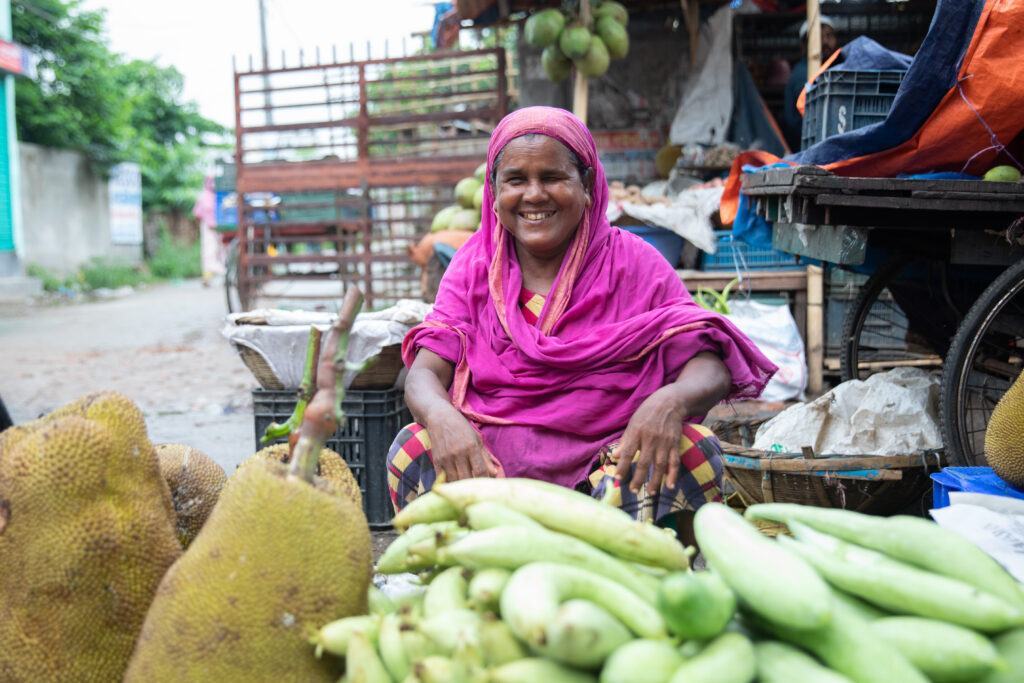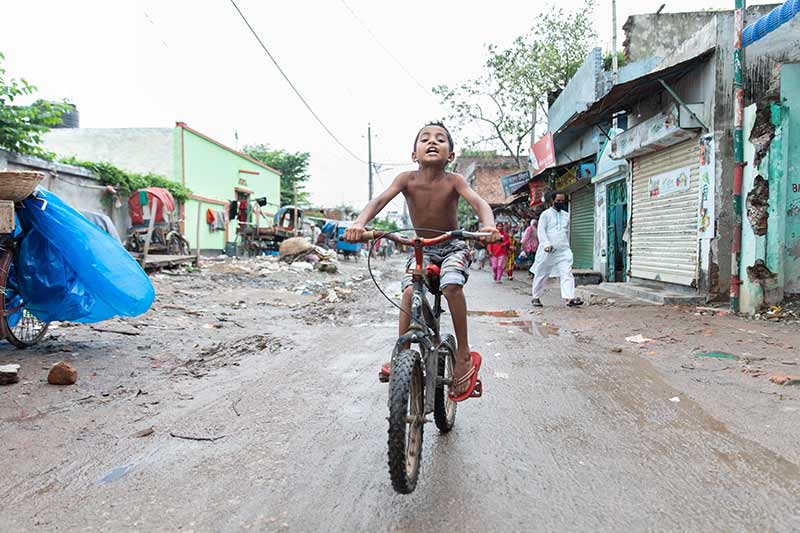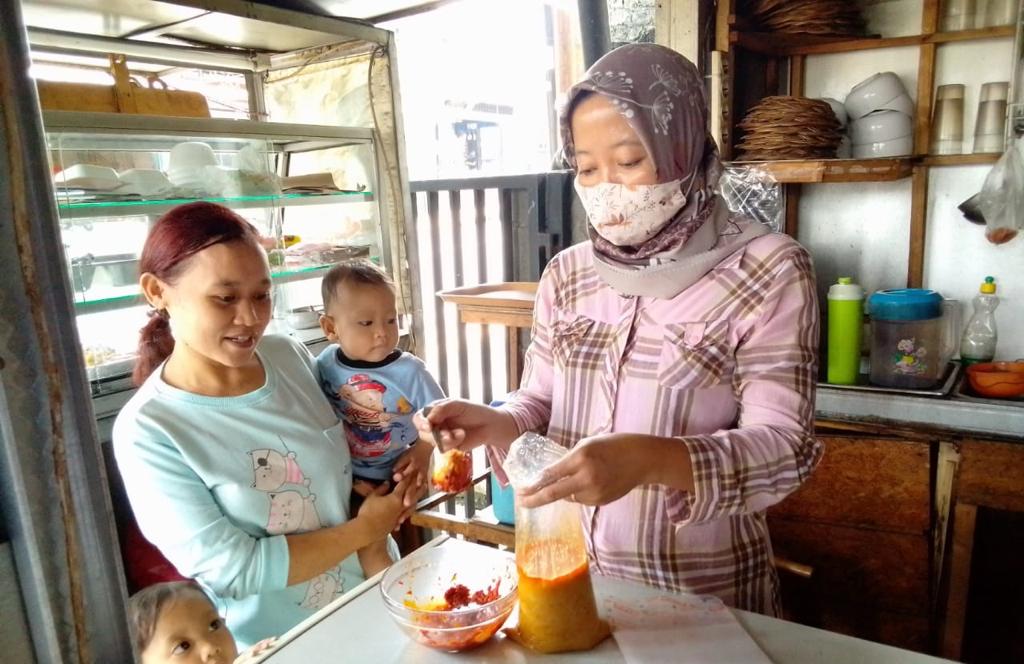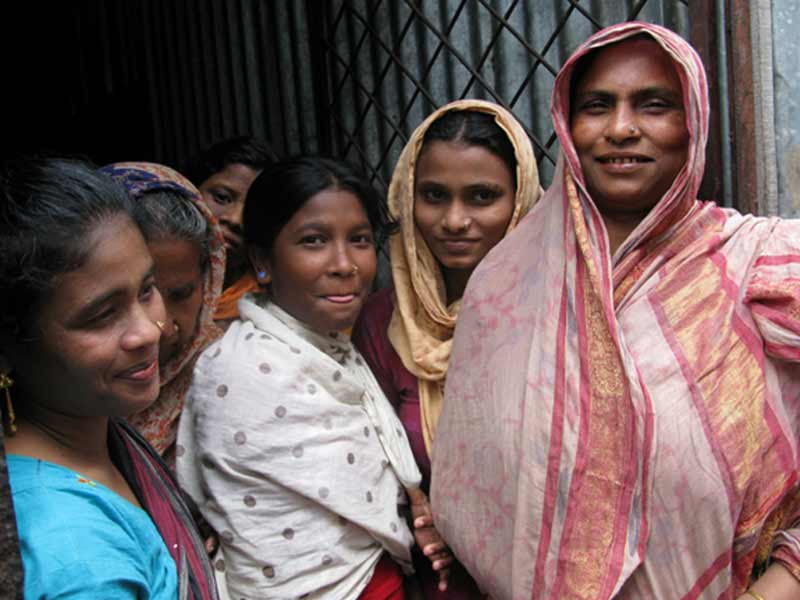
How Resilient Are Urban Food Systems in Asia?
Research shows that today, Asia has an increasing global share of trade, capital, people, knowledge, and resources. By 2050, it is expected that Asia will generate more than 50% of the world’s GDP. As the World Economic Forum put it: “we’ve entered the Asian Century and there is no turning back.”
Yet, while Asia has rightfully earned a reputation for innovation and growth in many fields, there is one area where the region might be falling behind – urban food security.
As Asian cities continue to grow at unprecedented rates, their food systems are being put to the test. The difficulty of this test is being heightened by shocks like the COVID pandemic and the rise of extreme weather events related to climate change.
Before assessing the possibilities of an Asian Century, first, a question must be asked – just how resilient are urban food systems in Asia?
Asia is experiencing unprecedented urbanization
To start, examine the foundation of the Asian Century concept – the region’s “historically unprecedented scale and pace of urbanization.”
Since 2000, the growth of Asia’s urban population has been greater than the entire size of North America’s urban population. Incredibly, more people have joined Asian cities in the past 20 years than exist in North American cities in total. In fact, today, the number urban residents in Asia exceeds the number urban residents on all other continents combined.
What is particularly interesting about this is that growth is not limited to so-called ‘megacities,’ those with more than 10 million residents. Rather, cities with populations between 500,000 and 1 million, as well as between 1 million and 5 million, are growing fastest. At all levels, it is an urban growth unseen in human history.
Urbanization is leading to food security problems
This rapid urbanization has led to escalating difficulties with urban food systems. Even before COVID, structural weaknesses and vulnerabilities were beginning to emerge.
Of course, in growing cities, this is not limited to food systems. As populations boom, government officials and city planners struggle with traffic and congestion, with underdeveloped infrastructure and insufficient waste removal, with the poor delivery of public services.
But urban food systems in particular have been a notable public policy blind spot. Urban food systems approaches have been piecemeal and reactive, fragmented between different actors and with little coordination. This has meant ineffective policies, or sometimes, no policies at all.
The tangible results of this uncoordinated approach can be readily seen in the growth of food safety problems in many Asian cities, and in the growing crisis in food waste management. As one particularly descriptive Nikkei journalist put it, Asian cities “have become polluted and polluting nightmares sinking under mountains of waste.” It can also be seen in a shocking loss of periurban agricultural land, a vital source of fresh produce for cities. As cities expand, usable cropland in close proximity disappears.
Traditionally, food security issues have centered on rural areas, but rapid urbanization has shifted these problems to an urban environment. Today, nearly 25% of Asia’s urban population is food insecure, a higher percentage than in rural areas.
This problem of urban food insecurity did not originate with COVID, but it was certainly pushed to the forefront by pandemic. In a few short months, COVID both exposed and exacerbated the structural weaknesses of Asia’s urban food systems. However, it also provided the opportunity to acquire crucial insights into what fragile food systems must do to transform moving forward.
Supply chain resilience is critical
The Asian food system is a “multitude of fragmented supply chains” originating from both within and outside the region, and involving a litany of smaller, uncoordinated actors.
As countries closed their borders and moved into lockdowns at the onset of the COVID pandemic, the movement of goods and people became restricted, and these complex and uncoordinated chains were thrown into disarray. At once, food logistics, services, and delivery were disrupted in many urban areas, and food insecurity began to spike.
In many ways, COVID exposed the fragility of the current system, revealing it to lack resilience in the face of shocks. The most worrying thing is that the shocks of pandemic are only the “tip of the iceberg” moving forward.
Case Study: Pakistan
Food production in Pakistan relies largely on temporary or seasonal employment. As COVID restrictions impeded the movement of people around the country, farmers faced labor shortages which impacted the planting, harvesting, and processing of their crops. Additionally, restrictions reduced the access of farmers to the supplementary agricultural services which are critical to the production process. As a result of these shortages, the price of labor, services, and even inputs like seeds soared, while food production plummeted across the country.
But it was not just production which suffered, it was the ability of farmers to get what was being produced to market. Pakistan relies largely on the interprovincial movement of food for the health of its urban food systems. Again, restrictions made this movement more difficult, or even impossible. Compounding the problem, the cost of transportation and fuel spiked dramatically. As a result, farmers faced difficulties getting perishable products to market.
Unsurprisingly, urban food insecurity rose significantly during COVID, with a full one-third of urban residents in Pakistan now beset by the problem.
Climate change is an existential threat
Extreme weather events related to climate change are on the rise around the world. These droughts and floods, fires and hurricanes, pests and disease, these shocks, are already wreaking havoc on food production capabilities in Asia. And things are only going get worse. If COVID exposed the weaknesses of Asian food systems, climate change threatens to send the whole system tumbling down.
It is important to note how climate change and food insecurity are “inextricably linked,” as the United Nations put it. Food systems are both greatly affected by climate change and one of the greatest contributors to it – one-third of global greenhouse gas emissions come from the production, distribution, and consumption of food. To address one is to address both, doubling the scope and effectiveness of initiatives and interventions.
Fixing supply chains
It has been said that COVID has been a “wake-up call” for Asian food systems. Here, weakness might be reimagined as opportunity, a chance to capitalize on the distinct characteristics of Asian cities.
Look to urban supply chains. Asian cities have a high reliance on traditional and informal food distribution channels. Studies show Asian countries to have lower rates of supermarket penetration than other countries at similar levels of per capita income in other regions, while traditional community markets continue to account for a majority of consumer purchases of fresh produce.
This provides a substantial opportunity to shorten supply chains by promoting local interconnectedness through these traditional channels. By investing in upgrades to local markets and enhancing food safety and sanitation, cities can improve the resilience of their food supply chain in ways areas flooded with big box stores cannot.
Additionally, Asia is home to more than 400 million small farm holders, while 90% of food manufacturers and processors are small and mid-sized enterprises (SMEs). Again, the opportunity is immense. By investing in small farmers and processors, and promoting their coordination, cities can reduce reliance on distant food producers which may or may not be reliable when shocks hit. The key to investing in small farm holders is a focus on the technological innovation and advanced data production which are making farming more productive, and more sustainable.
With each of these efforts, urban supply chains are shortened and localized, and made more resilient to external threats.
An opportunity for change exists
Going further, consider that 90% of the next billion entrants to the middle-class worldwide will be in Asia. In other words, rapid and unprecedented urbanization is presenting a “tremendous business opportunity.”
New entrants to the middle-class mean an increasing demand for higher quality, more diverse, and more convenient food. It is up to farmers and businesses to take advantage of the opportunity to meet these demands.
It is also an opportunity to scale up food systems in a sustainable and inclusive way; as food systems develop, they must bring traditionally marginalized groups into the expansion and achievement, strengthening the resilience of the most vulnerable and bringing true sustainable growth to all.
So how resilient are urban food systems in Asia?
In early 2021, the seminal Rich Food, Smart City report found that only 8% of the 170 Asian cities it studied were “food-smart,” while three-out-of-four were at only the earliest stages of developing food systems policies.
This means the existence of weaknesses, of growing problems previously unaddressed and unsolved, but also of historic opportunity, a chance to lead the way into an Asian Century through the transformation of urban food systems.
In the words of the report: “the ultimate success of Asian cities with regard to their livability, economic vibrance, resilience, and sustainability will strongly depend on their food systems’ performance.”



